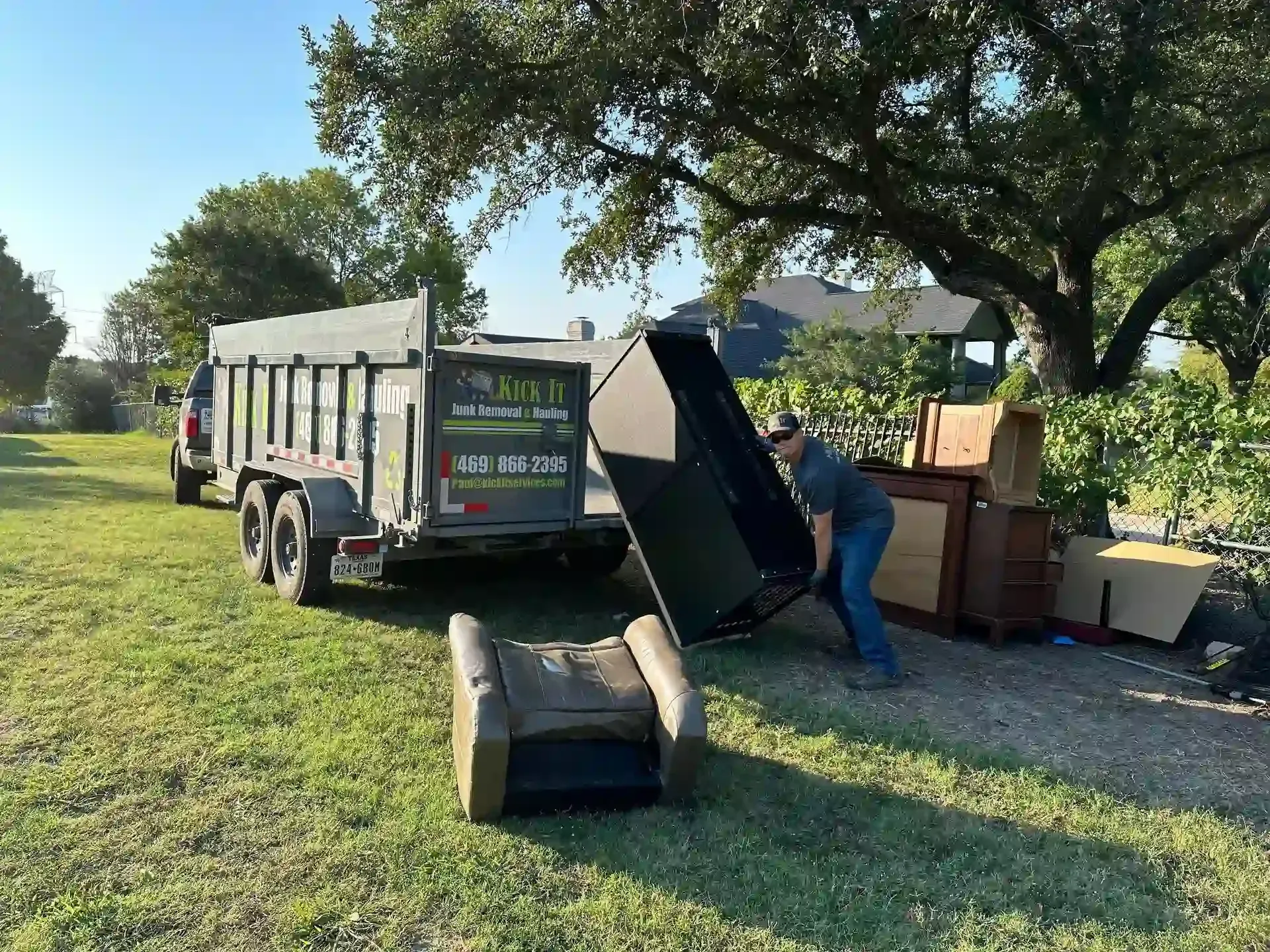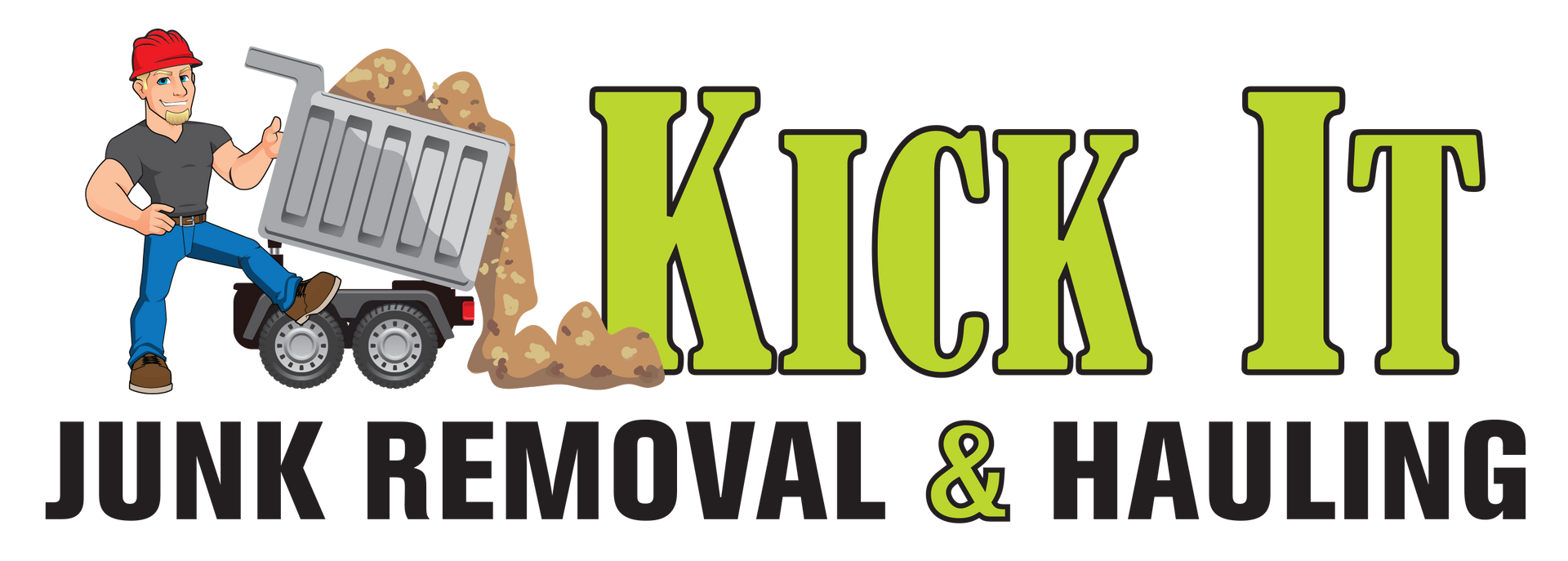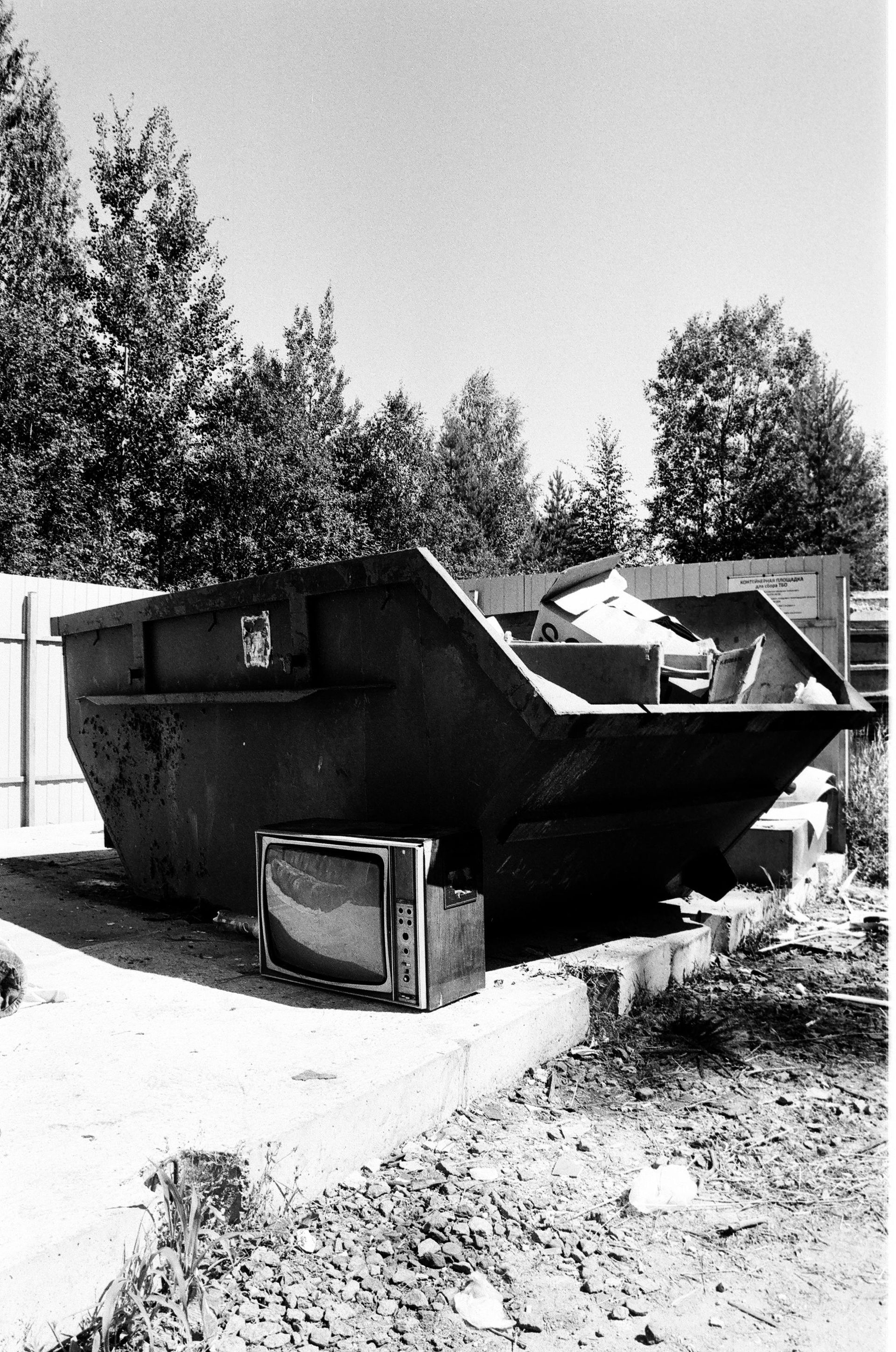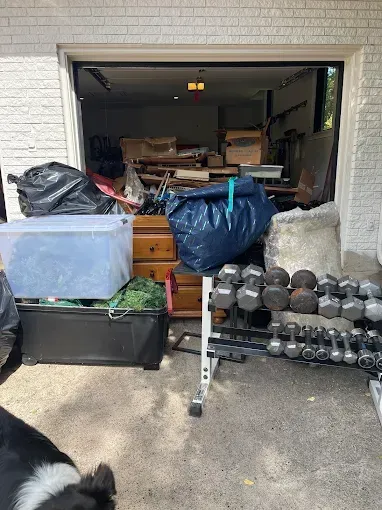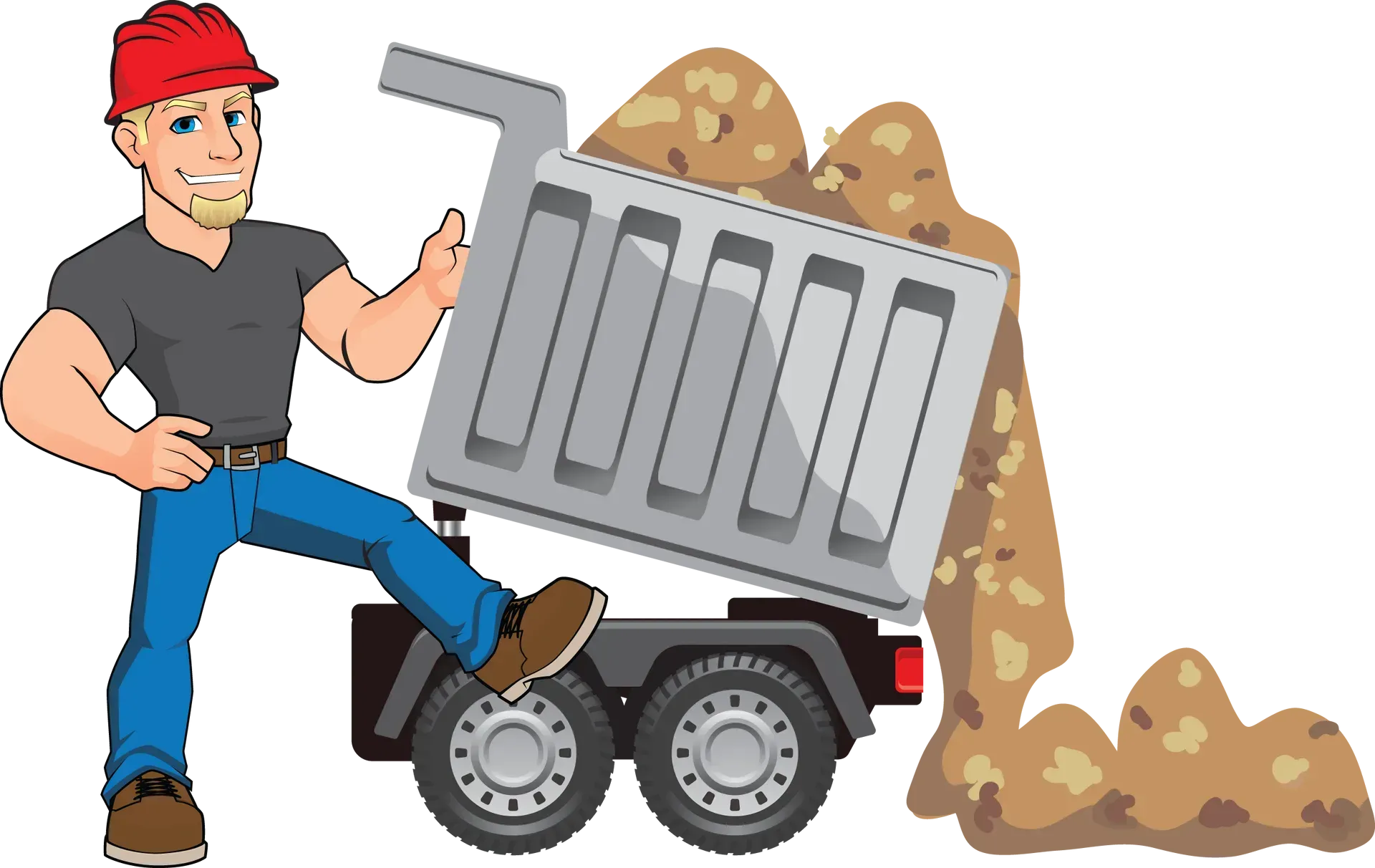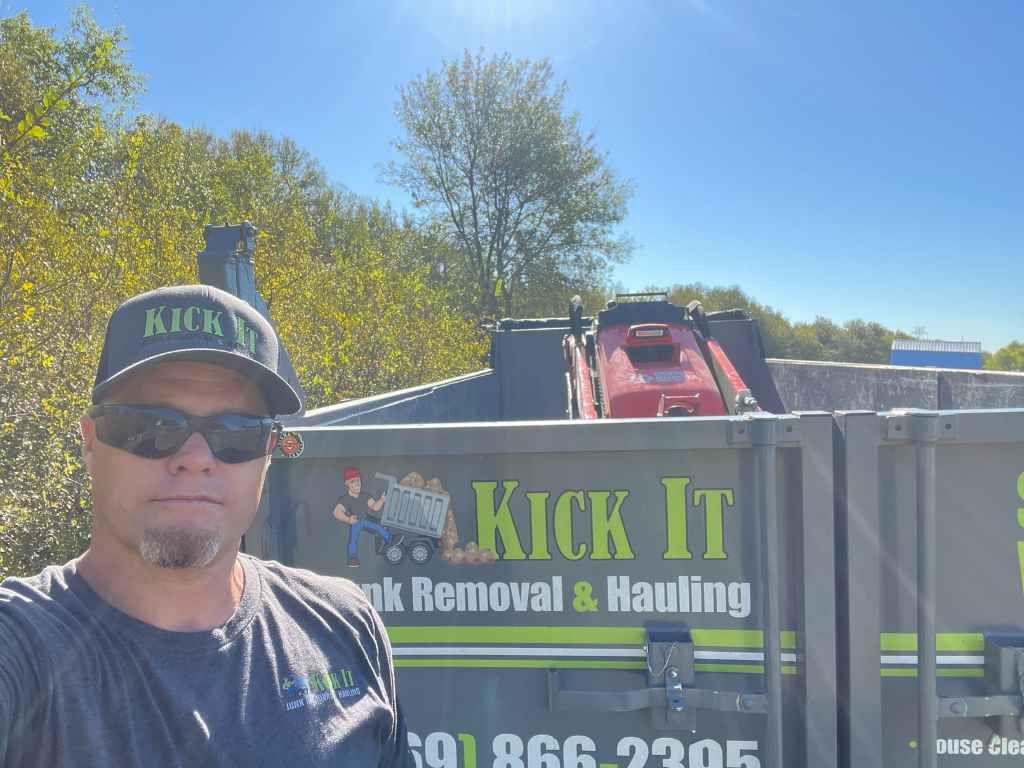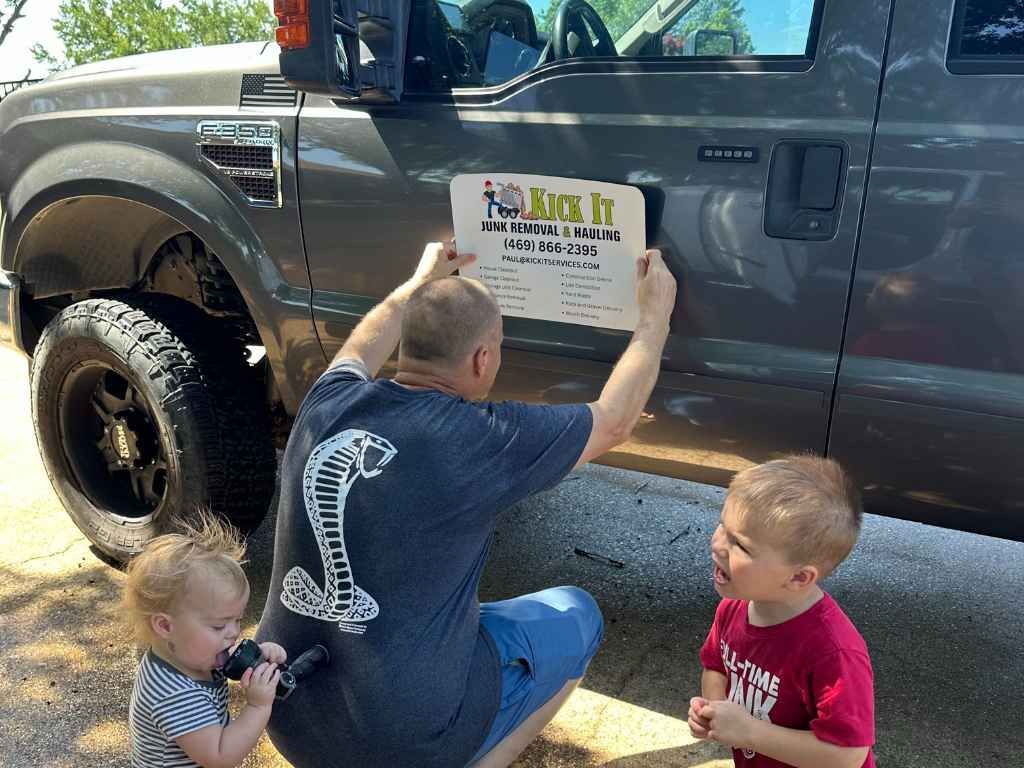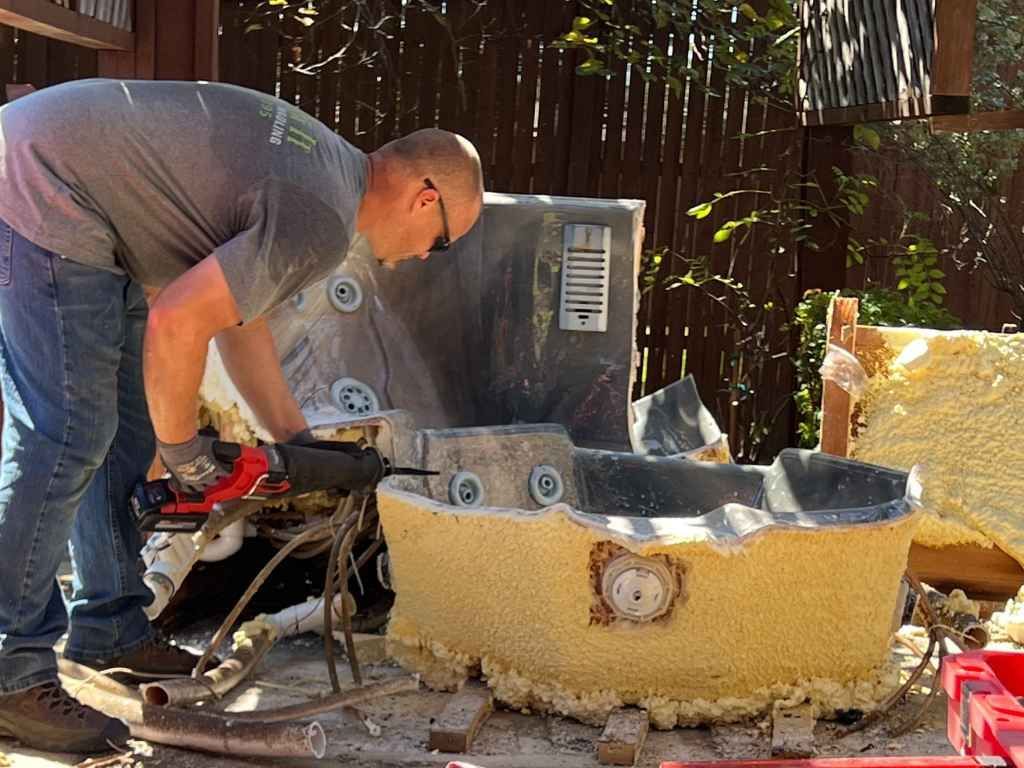Construction Debris Removal: A Step-by-Step Guide
Construction projects, whether they’re large-scale commercial undertakings or smaller residential renovations, often leave behind a considerable amount of debris. From broken concrete to scrap metal, wood, nails, and more, construction debris can pile up quickly, causing a major headache for those involved. However, the process of removing this debris doesn’t have to be as overwhelming as it sounds. In fact, with the right approach, construction debris removal can be managed efficiently and effectively.
This guide is designed to walk you through the essential steps in removing construction debris, offering tips, tools, and expert insights to help streamline the process and ensure that your worksite remains safe, clean, and compliant with regulations.
Assess the Situation
Before you dive into removing construction debris, take a moment to assess the scope of the debris. This might seem like a small step, but it is absolutely critical in determining what you’ll need for the cleanup.
Key Points to Consider:
Type of Debris: Different construction materials require different handling. For example, wood, metal, and concrete all need specific strategies for removal. Materials like asbestos, lead paint, or hazardous chemicals may require specialized handling and disposal procedures.
Volume of Debris: Estimate how much debris you are dealing with. This will affect the equipment and resources needed for removal. A small renovation project might only require a few trips with a truck, whereas a large construction project could need a full crew of workers and industrial machinery.
Location: Is the debris scattered all around your site, or is it more concentrated in one area? This will dictate whether you need to use heavy-duty equipment or simple manual labor to clear the debris.
Once you understand the scale and nature of the debris, you can plan your removal approach accordingly.
Gather the Right Tools and Equipment
Now that you’ve assessed the debris, it’s time to think about the tools and equipment you’ll need to remove it. The right gear will make the job faster and safer, minimizing the risk of injury and improving efficiency.
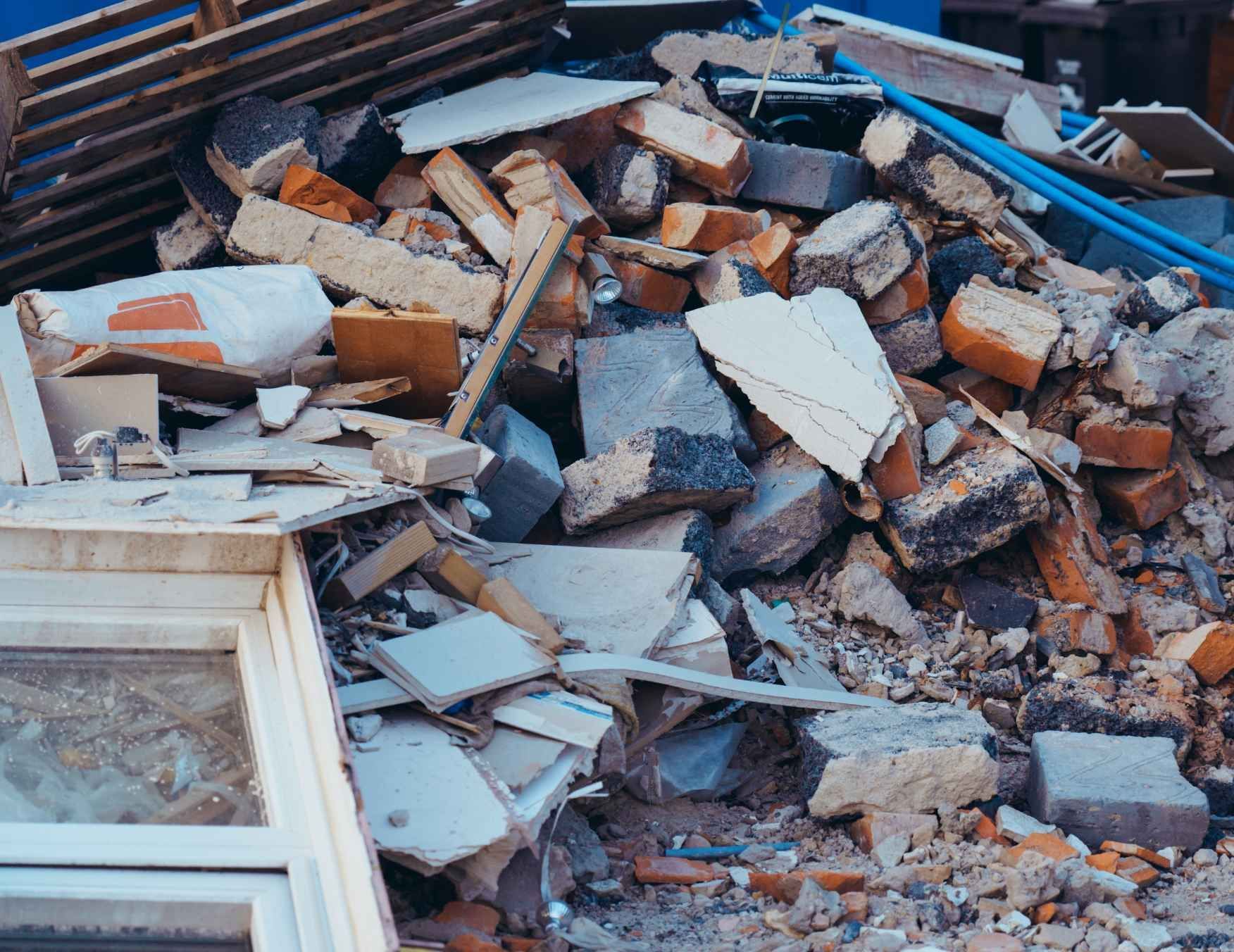
Essential Tools and Equipment for Construction Debris Removal:
Trash Bags: For lighter debris like packaging materials, small wood scraps, or plastic sheeting, heavy-duty trash bags will suffice.
Rope and Tarps: These are invaluable for bundling larger items, such as timber, metal pipes, or drywall pieces.
Wheelbarrows or Carts: When hauling debris across a site, these can help you move large quantities of waste quickly.
Skid Steer Loader: For heavier debris, a skid steer loader equipped with a bucket can be an essential piece of equipment for lifting and carrying large piles of waste.
Dumpsters: If your project generates significant amounts of debris, renting a dumpster is usually the most efficient option. You can schedule regular pickups, ensuring that debris doesn’t pile up.
If you’re not sure which equipment is best suited for your needs, reach out to a local construction or junk removal service for recommendations.
Set Up a Safe Worksite
Debris removal can be dangerous work, especially when dealing with large materials or hazardous substances. Safety should always be your top priority.
Key Safety Measures:
Personal Protective Equipment (PPE): Ensure that everyone involved in the debris removal process is wearing the necessary protective gear. This includes gloves, steel-toed boots, hard hats, eye protection, and high-visibility vests.
Clear the Area: Remove any non-essential personnel from the site to minimize the risk of injury. Create a clear path for debris removal, ensuring that workers have enough space to maneuver.
Secure Hazardous Materials: If your debris includes hazardous materials, make sure to handle them with care. Follow OSHA guidelines for the safe disposal of dangerous substances. This may require specialized contractors.
Additionally, be mindful of your surroundings and make sure any equipment or tools are securely fastened to avoid accidents.
Sort the Debris
Sorting your construction debris is an essential step in the removal process. Not only will it make disposal easier, but it may also help you recycle some materials and reduce the environmental impact of your project.
Sorting Tips:
Separate Recyclables: Materials like metal, wood, and certain plastics can often be recycled. Set up separate piles for recyclable materials, and contact local recycling centers to ensure that you dispose of them correctly.
Hazardous Waste: As mentioned earlier, some materials might require special handling. Things like asbestos, certain paints, and solvents fall under hazardous waste and should be separated from general debris.
General Waste: For everything else, such as drywall, broken tiles, and scrap wood, you’ll likely need to rent a dumpster for disposal.
Load the Debris
Now that you’ve assessed, gathered your tools, and sorted the debris, it’s time to load the waste into your removal vehicles or dumpsters. Depending on the size of your debris and equipment, this step could involve a team of workers or machinery.
Loading Tips:
Use a Dumpster or Hauling Service: If you’ve rented a dumpster, you can simply toss debris into it. For larger, heavier items, a hauling service might be necessary to transport the waste to a landfill or recycling center.
Leverage Heavy Machinery: For particularly heavy debris, use machinery like loaders, cranes, or bulldozers to move the debris quickly and efficiently. These tools can save you time and reduce the risk of injury from manual handling.
Organize the Load: As you load the debris into trucks or dumpsters, make sure to organize the materials in a way that maximizes space. This helps ensure that you’re not making unnecessary trips and allows you to remove as much debris as possible in one go.
Dispose of the Debris Properly
Once the debris is loaded, it’s time to transport it to its final destination. This could be a landfill, recycling center, or designated disposal facility, depending on the type of materials.
Proper Disposal Tips:
Landfills: If you’re disposing of general construction debris, most waste will end up at a landfill. However, be sure to choose a local landfill that accepts construction materials.
Recycling Centers: Many construction materials, such as metal, wood, and cardboard, can be recycled. Some centers might even offer a rebate for the materials you bring in.
Hazardous Waste Facilities: For hazardous materials, ensure you’re working with certified facilities that specialize in the disposal of dangerous substances. Failure to properly dispose of hazardous waste can result in heavy fines and environmental damage.
Check with local authorities to understand the best disposal methods for your area. Many cities also offer waste diversion programs that might allow you to recycle construction debris or donate reusable materials.
Clean Up the Site
After the debris has been removed, it’s time to thoroughly clean the construction site. This includes removing any dust, dirt, or smaller debris that may have been left behind. A clean site not only improves safety but also ensures that your project progresses smoothly without delays.
Cleaning Tips:
Sweep and Mop: Use brooms and industrial-sized vacuums to clean up dust and smaller debris. You might also want to mop the floors to get rid of any residue that could affect future work.
Inspect the Area: Walk the site to ensure all debris has been removed. Look for nails, screws, and small materials that could cause injury or damage to equipment.
Ensure Proper Waste Disposal: Before calling it a day, check that all debris has been properly disposed of and that nothing was missed. This helps prevent future complications and ensures that the site is ready for the next phase of the project.
Expert Guide to Efficiently Removing Construction Debris
Removing construction debris efficiently is essential for maintaining a clean and safe work environment. Properly managing waste can help prevent accidents and ensure that your project progresses smoothly. From assessing the type of debris to gathering the right equipment, every step matters in ensuring the removal process is handled professionally. By organizing your approach, you can streamline the process and even find ways to recycle materials, which benefits both your project and the environment.
A critical element of successful debris removal is ensuring safety. Workers should wear protective gear such as gloves, hard hats, and steel-toed boots to minimize the risk of injury. Once you’ve gathered the necessary tools and sorted your debris into categories, you can focus on loading the materials for disposal.
A Step-by-Step Process for Construction Debris Disposal
Managing construction debris removal requires a strategic approach to keep the job site free from clutter and hazards. Start by evaluating the amount and type of debris to determine what tools and services you will need. The debris removal process becomes easier with the proper equipment, whether it’s a dumpster, wheelbarrow, or heavy machinery. Sorting the debris beforehand also simplifies the disposal process, allowing you to save time and potentially recycle materials like wood or metal.
Conclusion
Construction debris removal is an essential part of any building project, big or small. It requires careful planning, the right tools, and the proper safety precautions. By following these steps, you can ensure that the removal process goes smoothly, and your worksite stays clean, organized, and safe.
When it comes time for removal, don’t hesitate to reach out for professional help if you need it. A junk removal company can often make the process easier and more efficient, leaving you with more time to focus on the important aspects of your project.
If you’re in need of expert debris removal services, Kick It Junk Removal & Hauling is here to assist. Based in Forney, Texas, we specialize in clearing construction debris, providing top-notch service with a focus on safety, efficiency, and responsible disposal. Contact us today at 469-866-2395 or email Paul@kickitservices.com to learn more about our services and schedule a removal.
